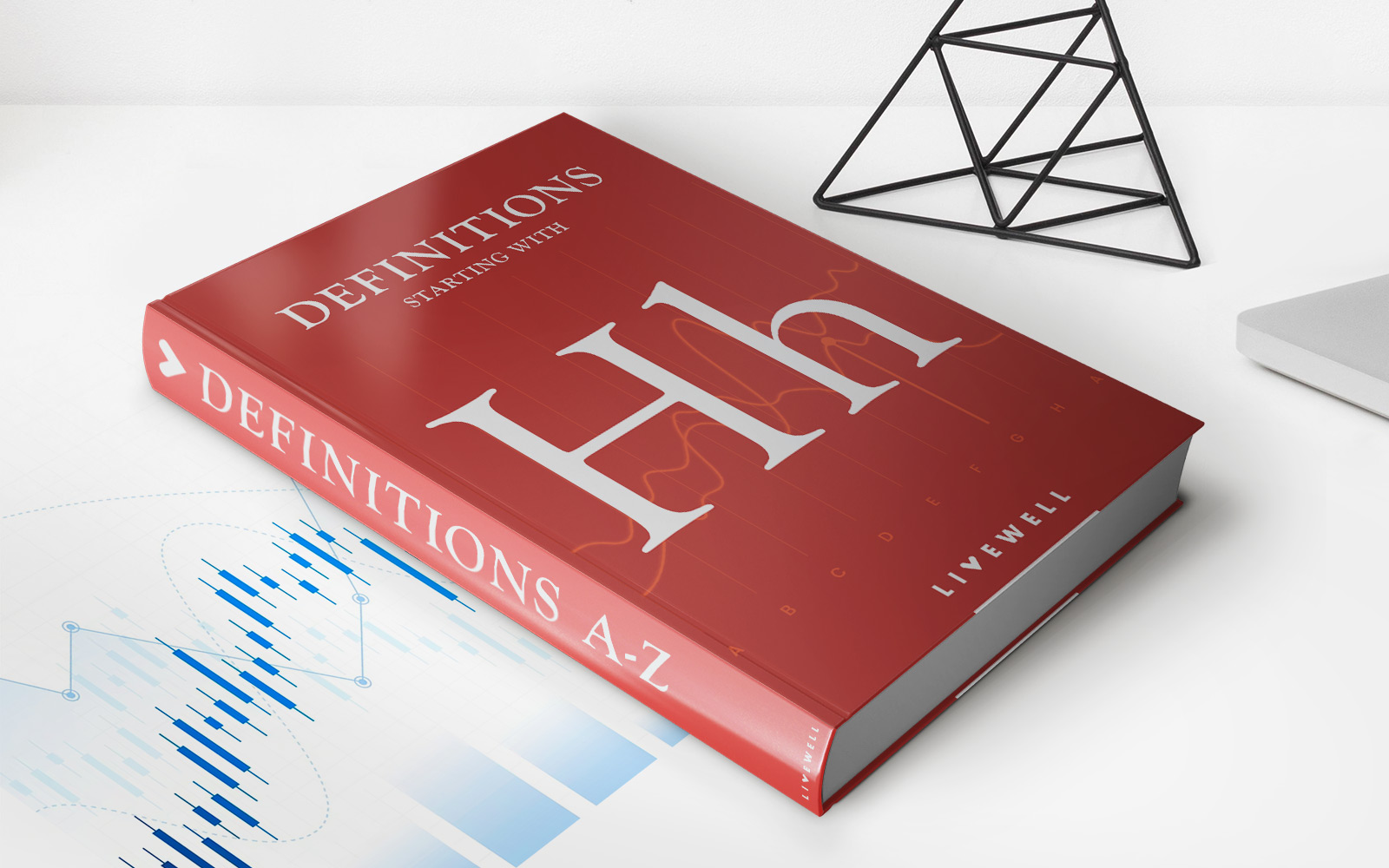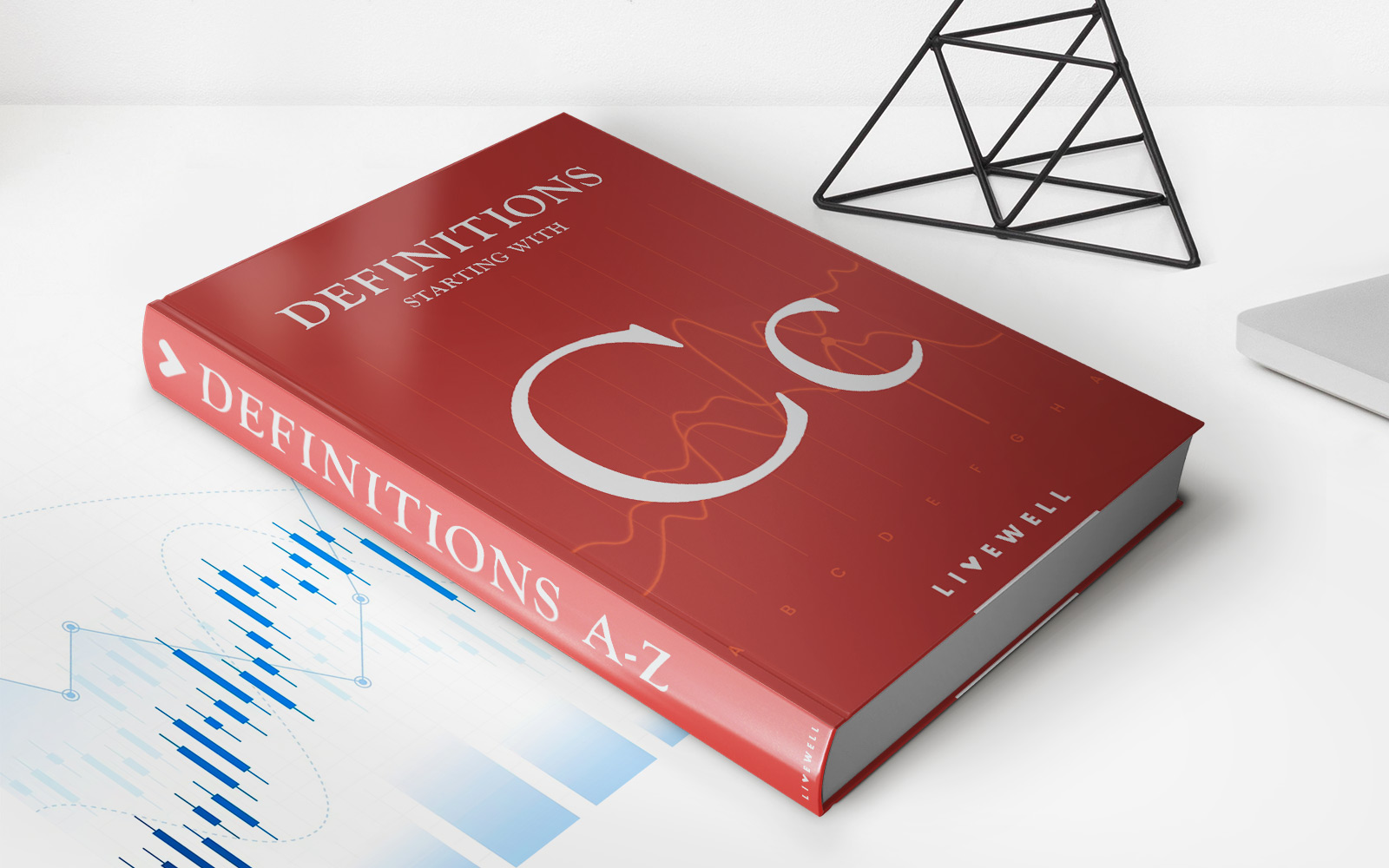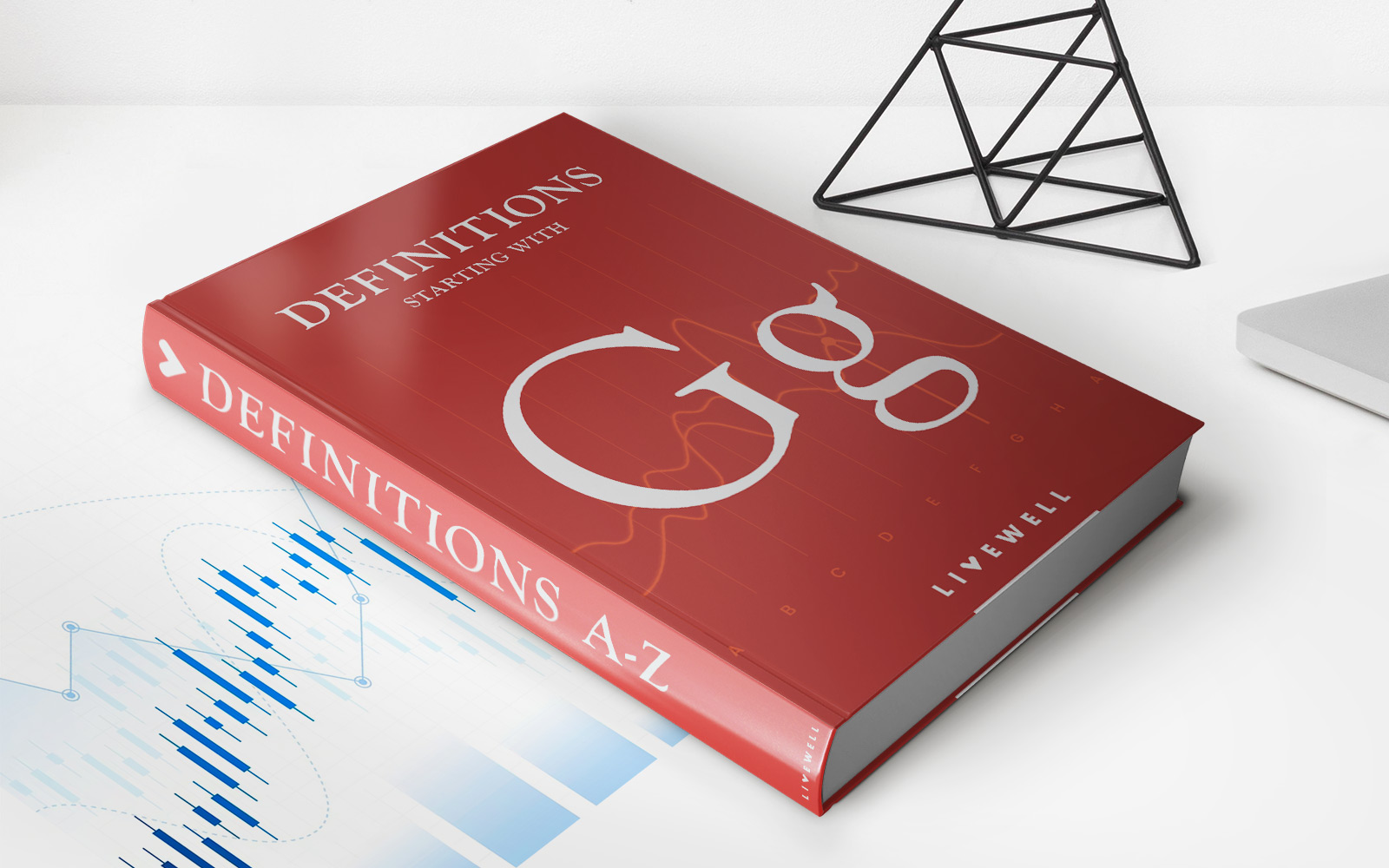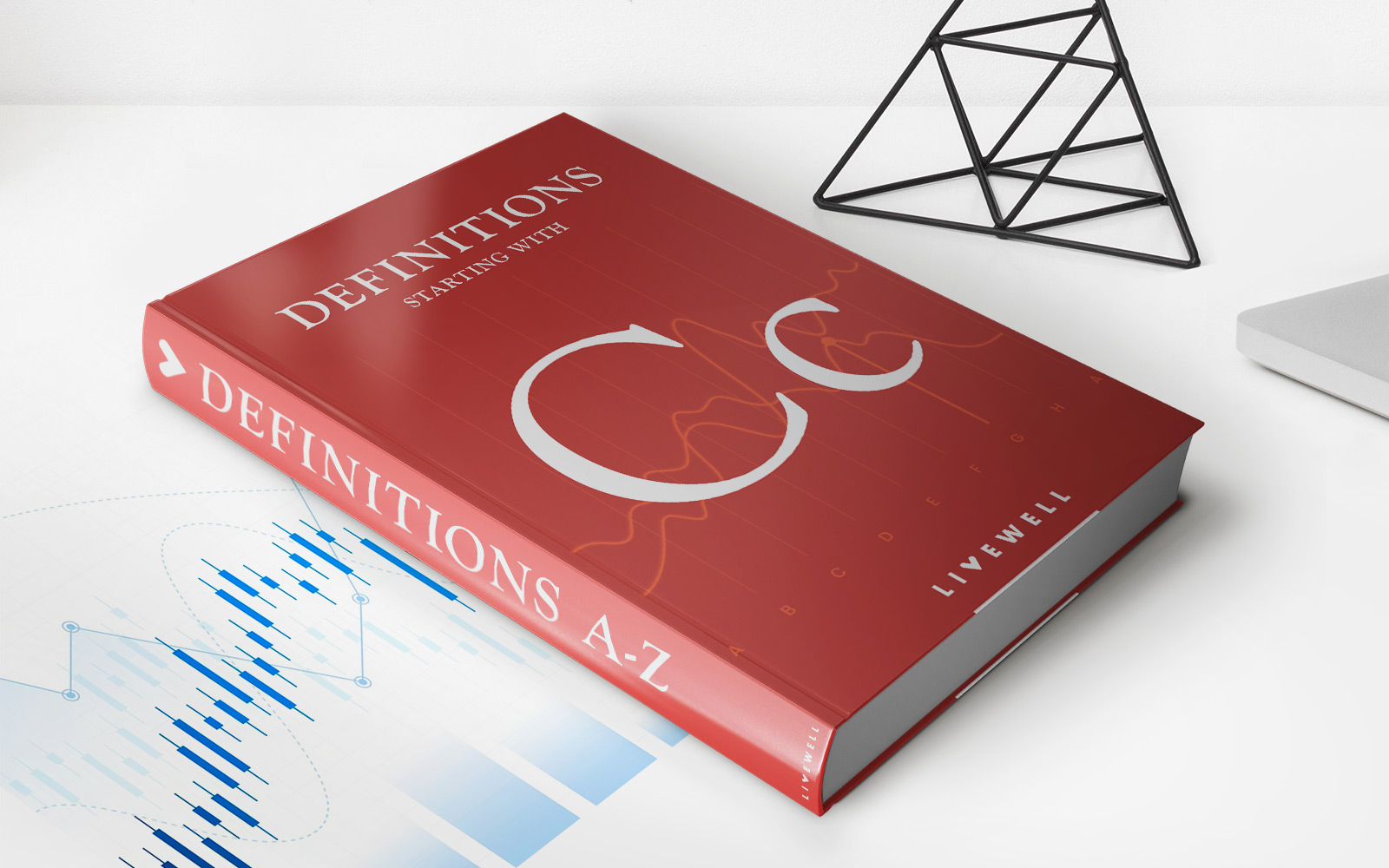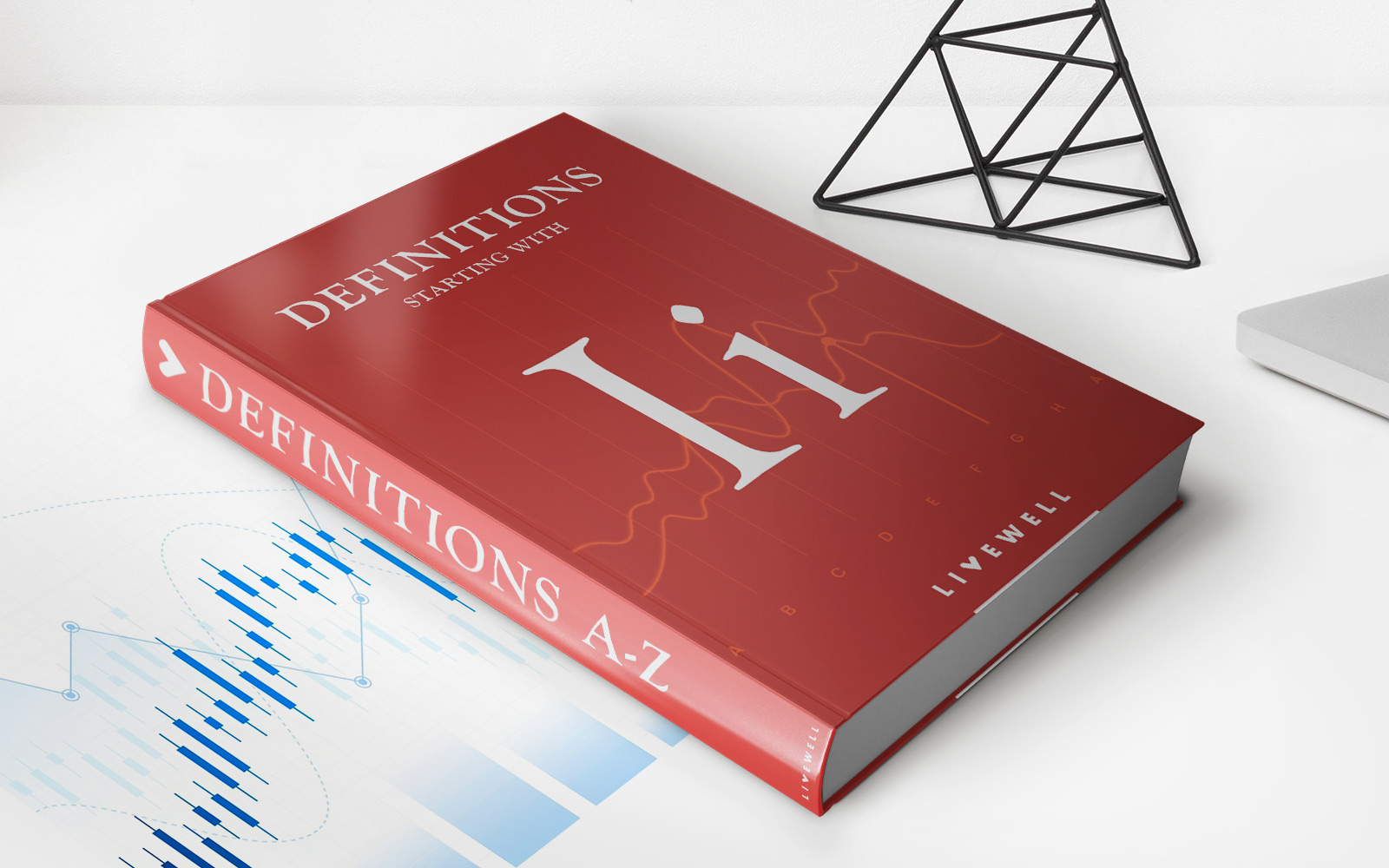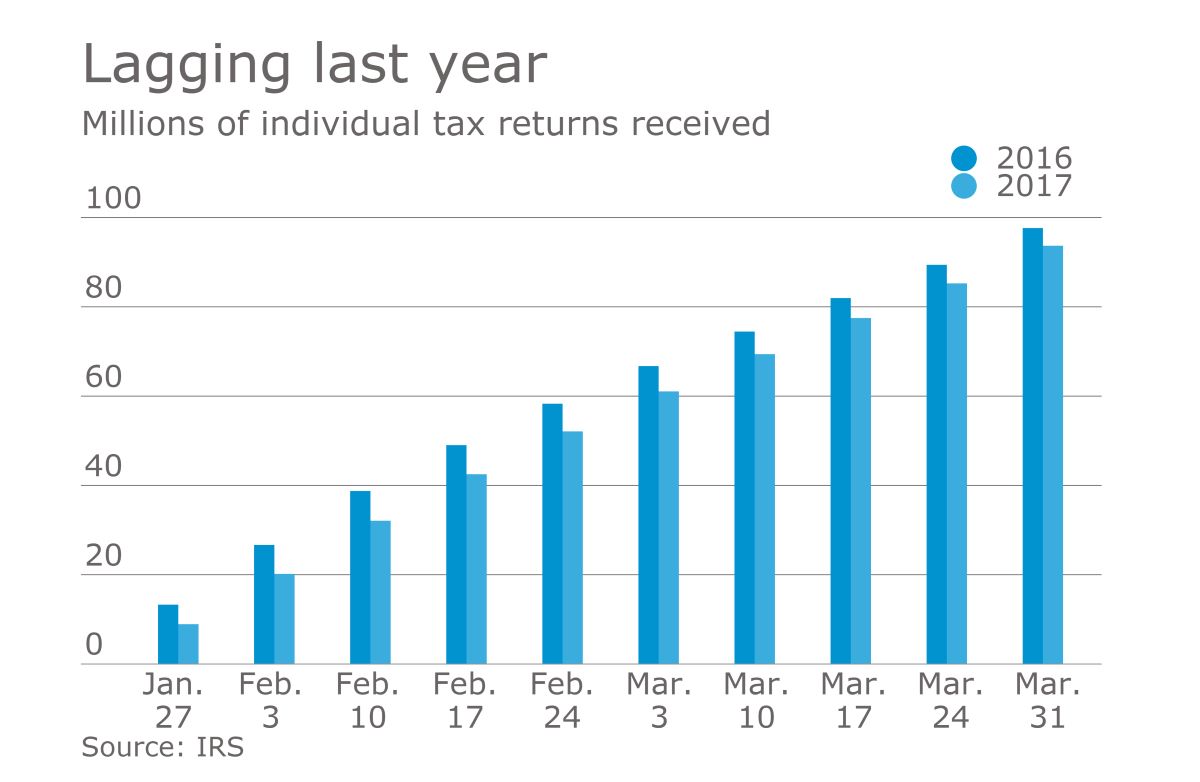Home>Finance>Death Cross Definition: How And When It Happens
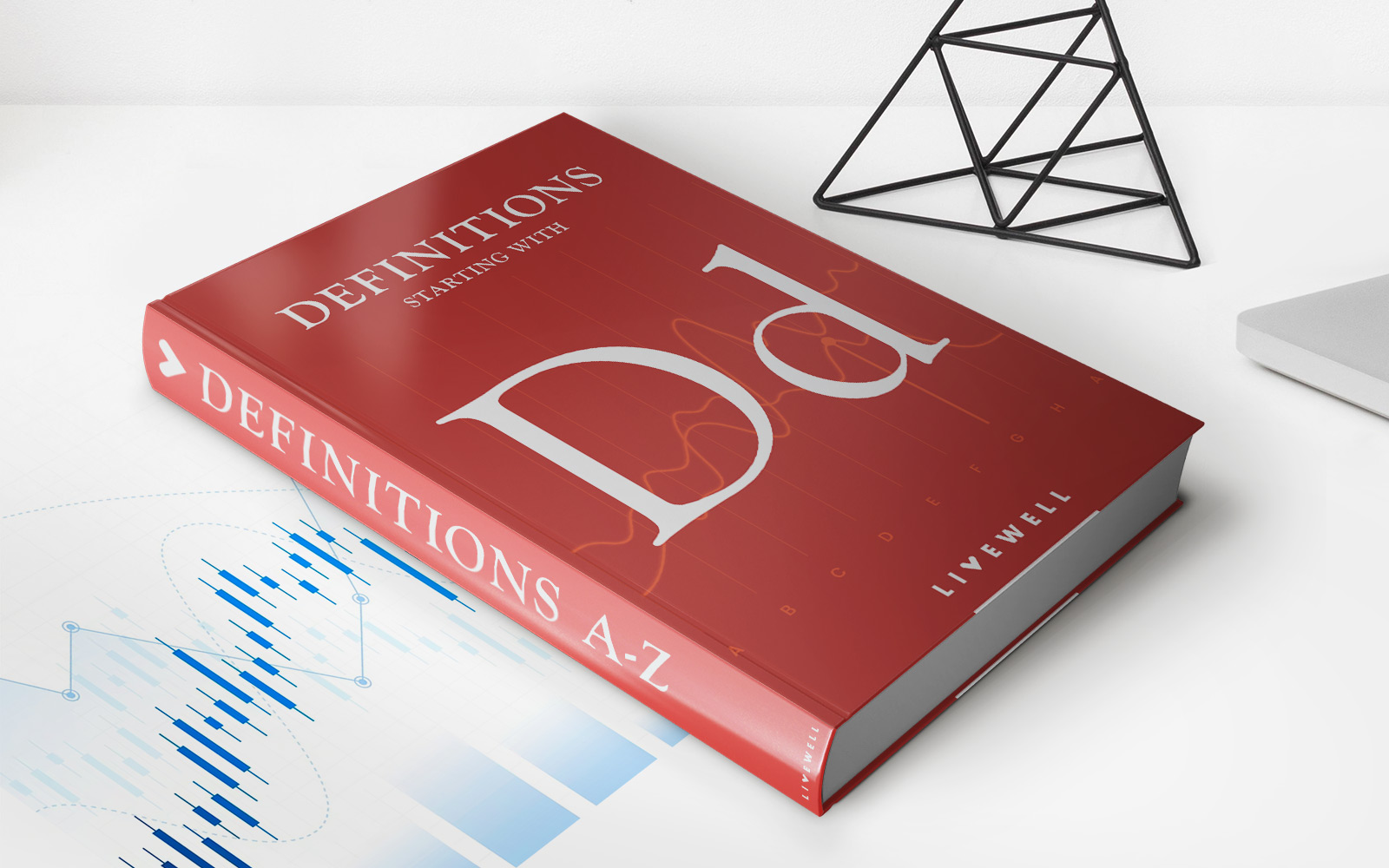

Finance
Death Cross Definition: How And When It Happens
Published: November 8, 2023
Learn the definition, causes, and timing of a death cross in finance. Discover how and when this significant market signal occurs and its potential implications.
(Many of the links in this article redirect to a specific reviewed product. Your purchase of these products through affiliate links helps to generate commission for LiveWell, at no extra cost. Learn more)
Understanding the Death Cross: A Guide to How and When It Happens
When it comes to the world of finance, there is a multitude of terms and concepts that can be quite overwhelming to grasp. One such term that has gained significant attention in recent times is the “Death Cross.” But what exactly is a Death Cross and how does it occur? In this article, we will delve into the intricacies of this phenomenon and shed light on its significance.
Key Takeaways:
- The Death Cross is a technical analysis pattern that occurs when a stock’s short-term moving average crosses below its long-term moving average.
- It is often considered as a bearish signal, indicating a potential shift in market sentiment towards a downward trend.
So, let’s get right into it! A Death Cross is a term used in technical analysis to describe a specific pattern that occurs when a stock’s short-term moving average crosses below its long-term moving average. Typically, the most commonly used moving averages are the 50-day and 200-day moving averages. When the 50-day moving average crosses below the 200-day moving average, it is said to be a Death Cross.
This phenomenon is often considered as a bearish signal by traders and investors, suggesting a potential shift in market sentiment towards a downward trend. It implies that the stock’s recent price declines have gained momentum and are likely to persist in the future. This can be a cause for concern for market participants, as it may indicate a possible decline in the stock’s value.
But when does a Death Cross typically occur? While there is no fixed time frame, it usually happens during periods of heightened market volatility and uncertainty. It can be triggered by a variety of factors such as economic downturns, negative news, or simply a change in investor sentiment. Regardless of the trigger, the occurrence of a Death Cross often catches the attention of traders and analysts, who closely monitor its implications on the market.
While the Death Cross may sound ominous, it is important to remember that no single indicator can predict the future direction of the market with absolute certainty. It is always recommended to use the Death Cross in conjunction with other technical indicators and fundamental analysis to make well-informed investment decisions.
In summary, here are the key takeaways:
- The Death Cross is a technical analysis pattern that occurs when a stock’s short-term moving average crosses below its long-term moving average.
- It is often considered as a bearish signal, indicating a potential shift in market sentiment towards a downward trend.
- A Death Cross can be triggered by various factors, but it typically happens during periods of heightened market volatility and uncertainty.
- It is important to use the Death Cross in conjunction with other technical indicators and fundamental analysis for making informed investment decisions.
So, next time you hear the term Death Cross being mentioned in financial discussions or news articles, you can impress others with your understanding of what it signifies. Remember, knowledge is always a valuable asset, and understanding the Death Cross can help you navigate the ever-changing waters of the financial world more confidently.
